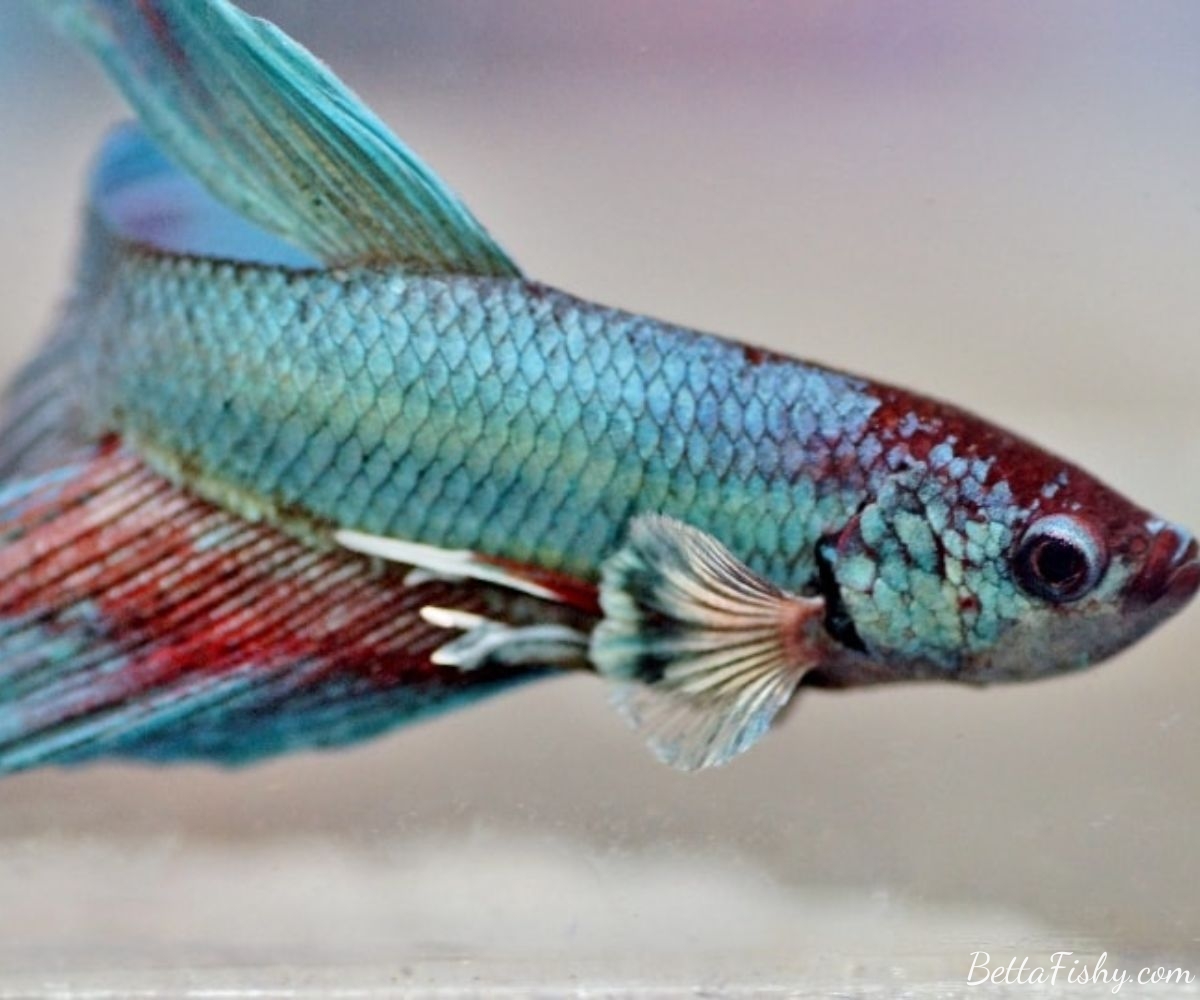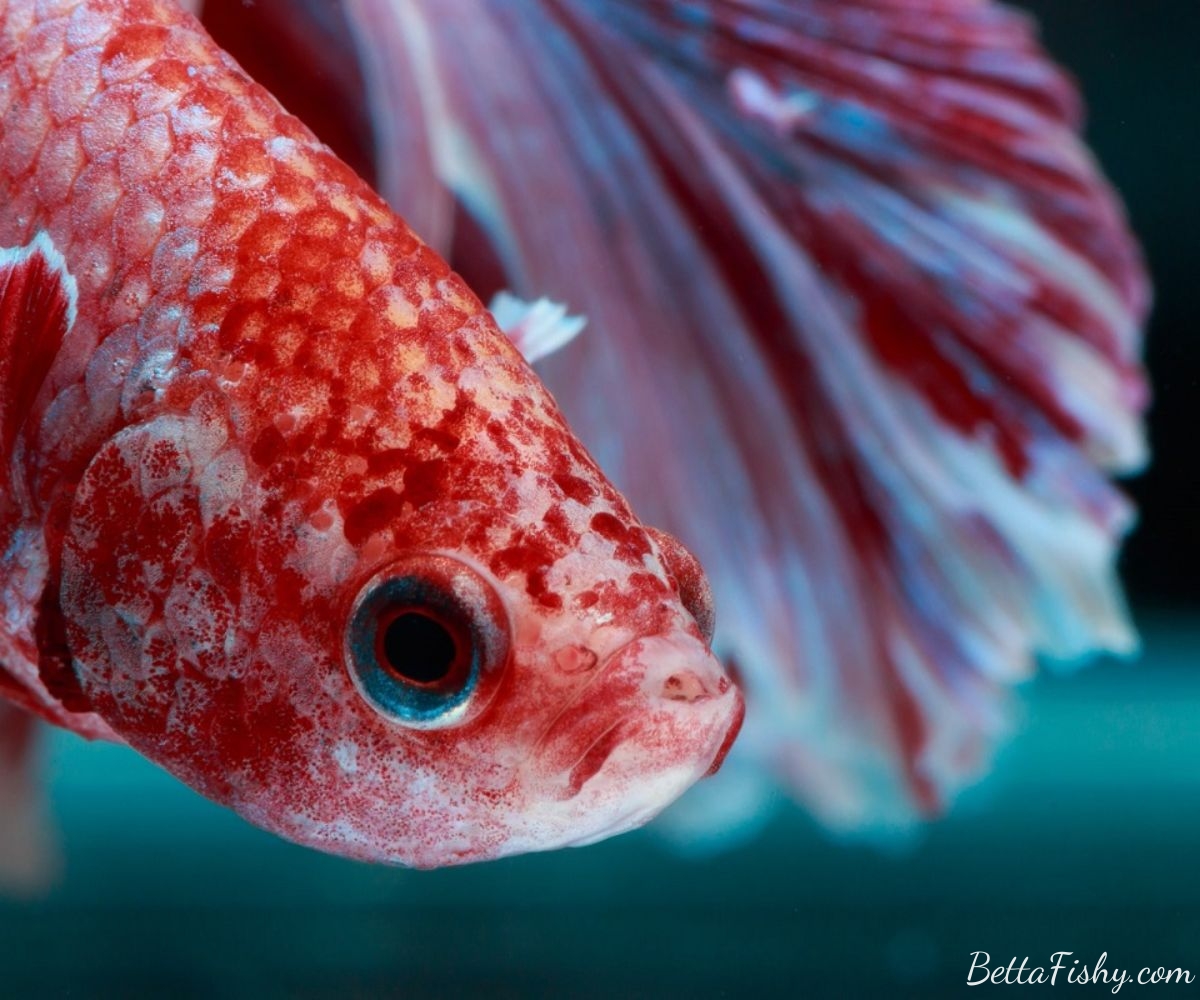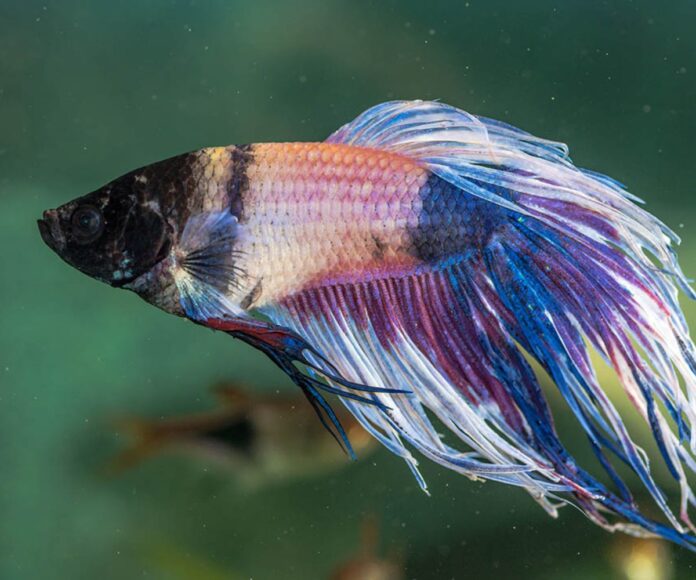Introduction
Betta fish have become extremely popular pets, especially among beginner fish hobbyists. Often called Siamese fighting fish, bettas are known for their beautiful fins and aggressive behaviors. While their striking appearance and low care requirements make them seem like the perfect starter fish, bettas are actually prone to many illnesses if not properly cared for.
Some of the most common betta diseases include fin rot, ich, velvet, dropsy, popeye, and swim bladder disorder. These are caused by everything from poor water quality to parasites to bacterial infections. Without treatment, these illnesses can seriously affect a betta’s quality of life or even lead to death.
In this article, BettaFishy will explore the symptoms, causes, and treatments for the most prevalent betta fish diseases. Recognizing and curing these illnesses early is key to keeping your betta healthy and thriving. We’ll also provide tips on prevention through proper husbandry and care.
Fin and Tail Rot

Fin and tail rot in betta fish is a bacterial infection that causes the fins and tails to appear ragged, deteriorated or rotten. The gram-negative bacteria Pseudomonas fluorescens is usually the culprit behind fin and tail rot.
The most common symptom of fin and tail rot is ragged or deteriorated fin edges. Red streaks may also appear on the fins. Over time, the fins and tail may rot away completely.
Fin and tail rot is often caused by poor water quality and unsanitary tank conditions. High ammonia and nitrite levels from accumulated waste can compromise a betta’s immune system, making them prone to bacterial infections. Aggressive fin nipping habits can also damage fins and leave them open to infection.
To treat fin and tail rot, betta owners should first focus on improving water quality through partial water changes, gravel vacuuming, and testing for ammonia, nitrites and nitrates. Antibiotics targeted for gram-negative bacteria can also be used along with aquarium salt to help fight the infection. With prompt treatment, many bettas are able to recover and regrow damaged tissue over time.
Ich (parasitic infection)
Ich, also known as white spot disease, is one of the most common parasitic infections seen in betta fish. It is caused by the ciliated protozoan parasite Ichthyophthirius multifiliis. This parasite feeds on the body slime, scales, and skin of fish.
With an ich infestation, betta fish will develop small white nodules all over their body, fins, and gills. These white spots look like grains of salt, hence ich is sometimes called “white spot disease.” The spots represent encysted parasites under the skin and fins. In severe infestations, the fish’s entire body may appear white.
In addition to white spots, other symptoms of ich include lethargy, loss of appetite, increased breathing rate, flashing (rubbing against objects), and keeping fins clamped close to the body. The fish may also secrete excess body mucus as a response to irritation from the parasites.
There are several options for treating ich. The most common treatment is gradually raising the aquarium temperature up to 30°C (86°F), as the parasite cannot reproduce at higher temperatures. Aquarium salt at a dose of 1-3 teaspoons per gallon can also help kill the parasites. Finally, there are several over-the-counter medications that contain ingredients like malachite green, victoria green, acriflavine, and formalin that will kill off ich.
Velvet (parasitic infection)

Velvet is a parasitic disease in fish caused by microscopic, single-celled protozoan parasites called Piscinoodinium pillulare. It most commonly affects betta fish and other tropical freshwater fish species.
With velvet disease, fish will develop a dusty, velvet-like appearance on their skin and fins as the protozoa rapidly multiply. According to The Spruce Pets, common symptoms include “the appearance of a fine, gold-colored dust on the body, loss of appetite, clamped fins, increased mucus production, flashing (rubbing against objects), labored breathing, lethargy, and eventually death.”
The velvet parasites attack the fish’s skin and gills, making it difficult for them to breathe and absorb nutrients. A betta with advanced velvet disease may become extremely lethargic and have trouble swimming or maintaining buoyancy.
To treat velvet disease, there are several recommended options. These include medications containing malachite green or formaldehyde, aquarium salt baths, and raising tank temperature. The parasites cannot survive well in warmer temperatures above 85°F. Keeping the tank water extremely clean with frequent partial water changes can also help clear up a velvet infection. Removing carbon from the filter during treatment is also advised, as carbon will remove medications.
Preventing velvet comes down to proper aquarium maintenance and reducing stress on fish. Overcrowding, poor water quality, and introduction of infected fish can allow velvet parasites to quickly spread in a tank. Quarantining new fish and plants before adding them to an established tank is recommended.
Dropsy (Bacterial Infection)
Dropsy is a bacterial infection that causes fluid retention and bloating in betta fish. The most noticeable symptom of dropsy is a “pinecone” appearance, with the scales sticking out due to a buildup of fluid causing the bloating. Bettas will appear lethargic and have a swollen abdomen.
Dropsy is often linked to kidney failure, which disrupts the fish’s fluid balance and osmoregulation. Poor water quality and diet can also contribute to dropsy. The kidneys are no longer able to effectively filter out toxins, leading to an accumulation of fluid.
As soon as dropsy symptoms appear, betta owners should begin antibiotic treatment. Antibiotics like Kanamycin and Minocycline may help cure early stage dropsy. Epsom salt baths can also help reduce swelling and flush toxins. However, dropsy is difficult to treat and often fatal if not caught extremely early.
The best way to deal with dropsy is prevention through proper husbandry. Performing regular water changes, testing water quality, and feeding a high quality diet reduces the chances of kidney failure and dropsy occuring.
Popeye

Popeye is a bacterial infection characterized by swelling of one or both eyes, causing them to bulge outwards. The scientific name for this condition is exophthalmia. It is caused by poor water quality and unsanitary aquarium conditions, which allow bacteria to infect the betta’s eye tissue.
The most obvious symptom of Popeye is one or both eyes appearing swollen and protruding abnormally. The eye may appear cloudy or discolored as well. Inflammation around the eye can also occur. Popeye is often an acute condition, meaning the swelling comes on rapidly.
Popeye must be treated quickly with antibiotics to control the bacterial infection. Clean water is also essential to managing this condition. Frequent water changes, gravel vacuuming, and cleaning the tank decorations helps reduce bacteria levels. Antibiotics such as kanamycin, tetracycline, or ciprofloxacin may be used. Isolating and quarantining the infected betta can also prevent Popeye from spreading.
With prompt antibiotic treatment and improvements to water quality, mild Popeye can be cured within 1-2 weeks. However, severe infections may lead to permanent eye damage or blindness if left untreated. The best way owners can prevent Popeye is by maintaining excellent water quality and tank hygiene.
Swim Bladder Disorder
Swim bladder disorder is a common condition seen in betta fish that affects their ability to regulate buoyancy. Fish with swim bladder disorder will have trouble floating and remaining upright in the water column.
The symptoms of swim bladder disorder include floating at the top of the tank or sinking to the bottom and remaining there once the fish stops actively swimming. Bettas that can’t control their buoyancy may be unable to reach the surface to breathe air or remain upright.
Swim bladder disorder is most often caused by constipation from overfeeding or feeding low-quality foods. The blocked gastrointestinal tract puts pressure on the swim bladder and throws off buoyancy control. Injury from fights with tankmates can also damage the swim bladder.
Treatments for swim bladder disorder focus on relieving constipation through fasting followed by feeding shelled peas. Lowering the water level can also make it easier for the betta to reach the surface and control its buoyancy. In severe cases, antibiotics may be needed.
To prevent swim bladder problems, feed a high-quality and varied diet, avoid overfeeding, and don’t house male bettas with other aggressive fish.
How to Prevent Betta Fish Diseases
There are several key things betta owners can do to help prevent diseases in their fish:
Perform regular water changes to reduce nitrate levels and other contaminants. Water changes of 25-50% weekly are recommended. Use a gravel vacuum to remove waste from the substrate with each water change.
Test water parameters regularly, at least every week. Important parameters to monitor are ammonia, nitrite, nitrate, pH, and temperature. Take steps to get all parameters into the ideal range for bettas.
Avoid overcrowding by providing at least 2.5 gallons per betta with ample horizontal swimming space. Overcrowding causes stress and deteriorating water quality.
Quarantine new fish for 2-4 weeks before introducing them to the main tank. This allows time to monitor for and treat any diseases.
Feed a varied diet with high quality betta pellets, frozen foods, and treats like brine shrimp. A balanced diet supports immune health.
With proper care and tank maintenance, many common betta diseases can be avoided. Recognizing symptoms early and taking prompt action is key to successful treatment.
Conclusion
To recap, some of the most common betta fish diseases include fin and tail rot, ich, velvet, dropsy, popeye, and swim bladder disorder. Each disease has distinctive symptoms to look out for, ranging from ragged fins and raised scales to bulging eyes and abnormal floating. While these diseases stem from different causes like bacteria, parasites, and organ failure, the root causes often come back to water quality issues and stress.
Catching and recognizing symptoms early is crucial for treating any betta fish disease. The sooner treatment can begin, the better chance the fish has of making a full recovery. Medications, aquarium salt baths, and clean water changes are some of the most effective treatments depending on the specific illness. Without proper treatment, these diseases can quickly become deadly.
The best way to deal with betta diseases is to avoid them completely through preventative care. Performing frequent water changes, testing water parameters, avoiding overcrowding, quarantining new fish, and feeding a healthy diet are essential to maintaining a strong immune system in bettas and keeping their aquatic environment clean.
While no aquarium can be completely free of disease risks, knowledgeable fishkeepers can help their bettas lead longer, healthier lives by staying vigilant for any developing illnesses and acting quickly to treat them.


